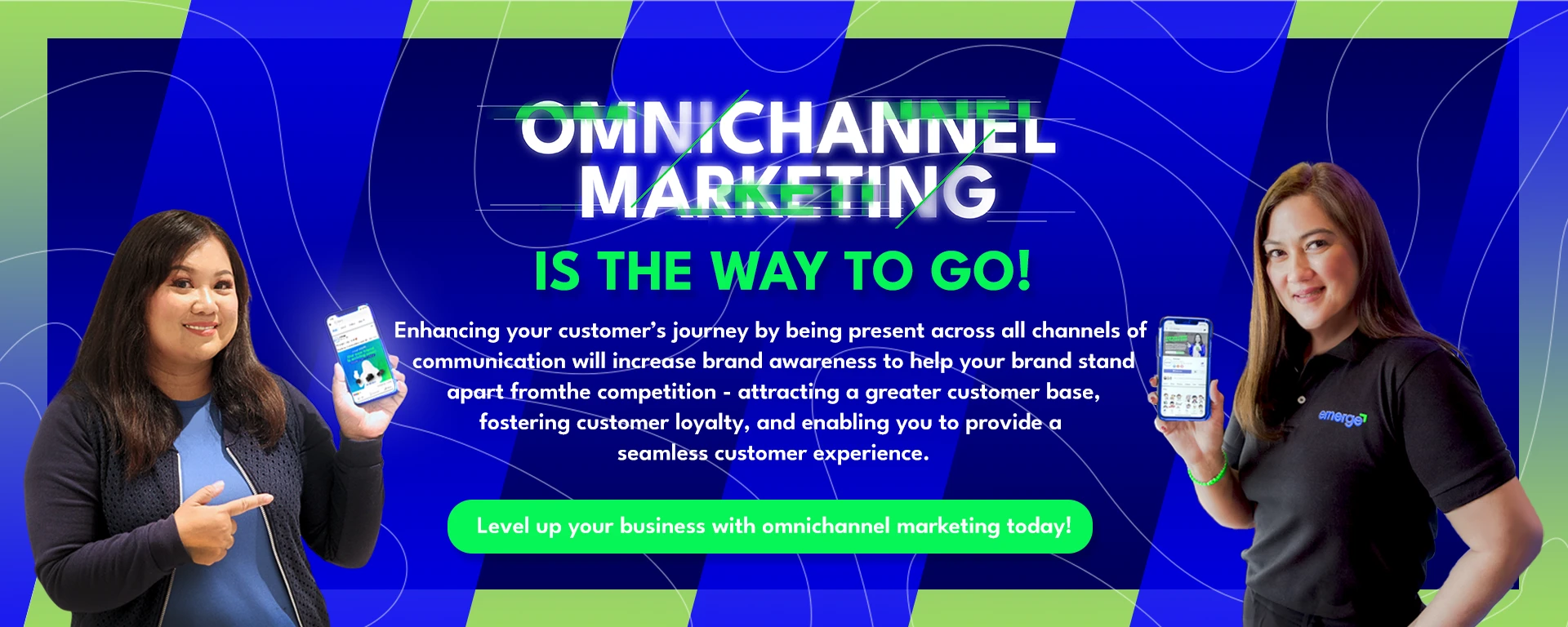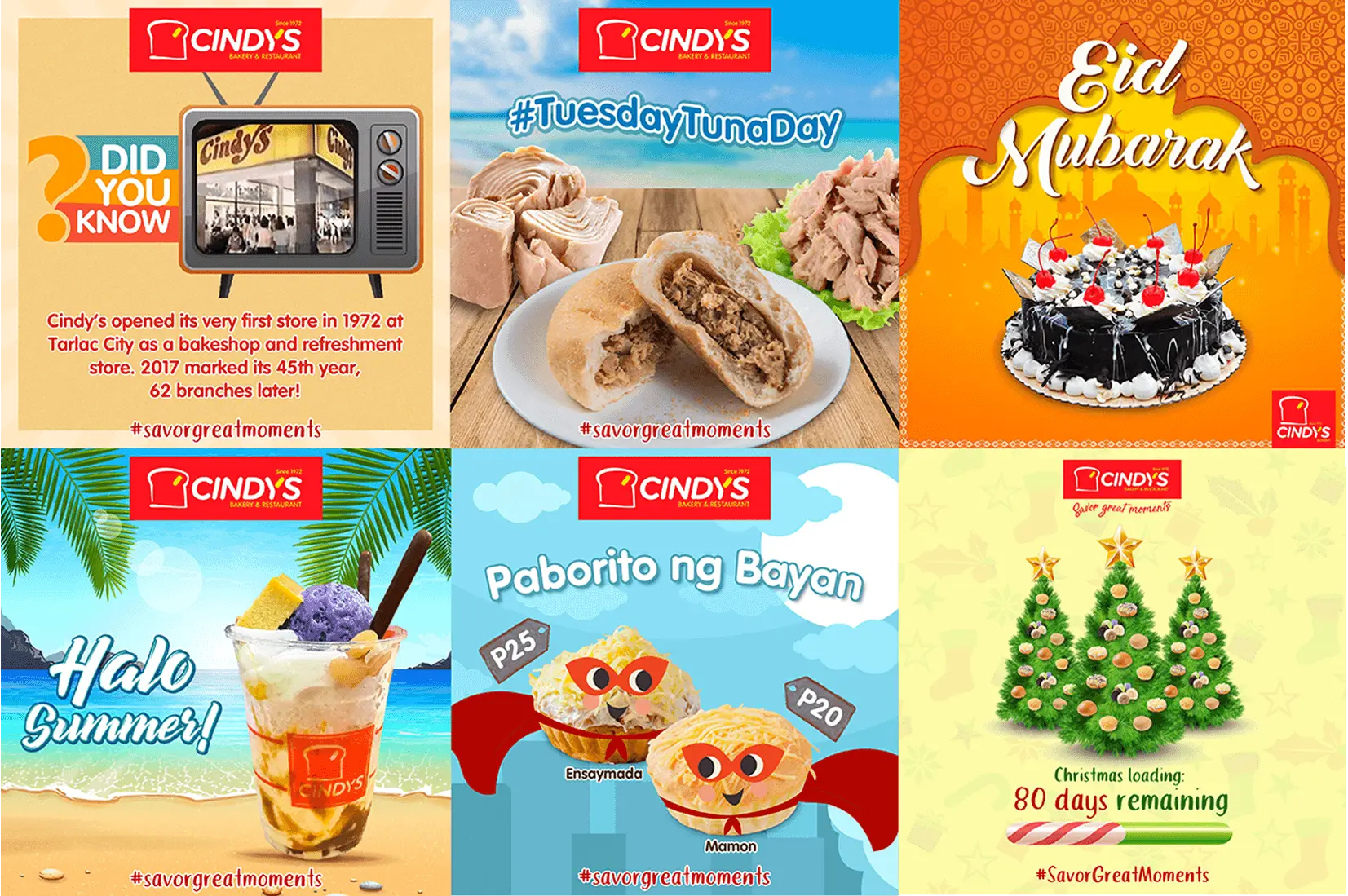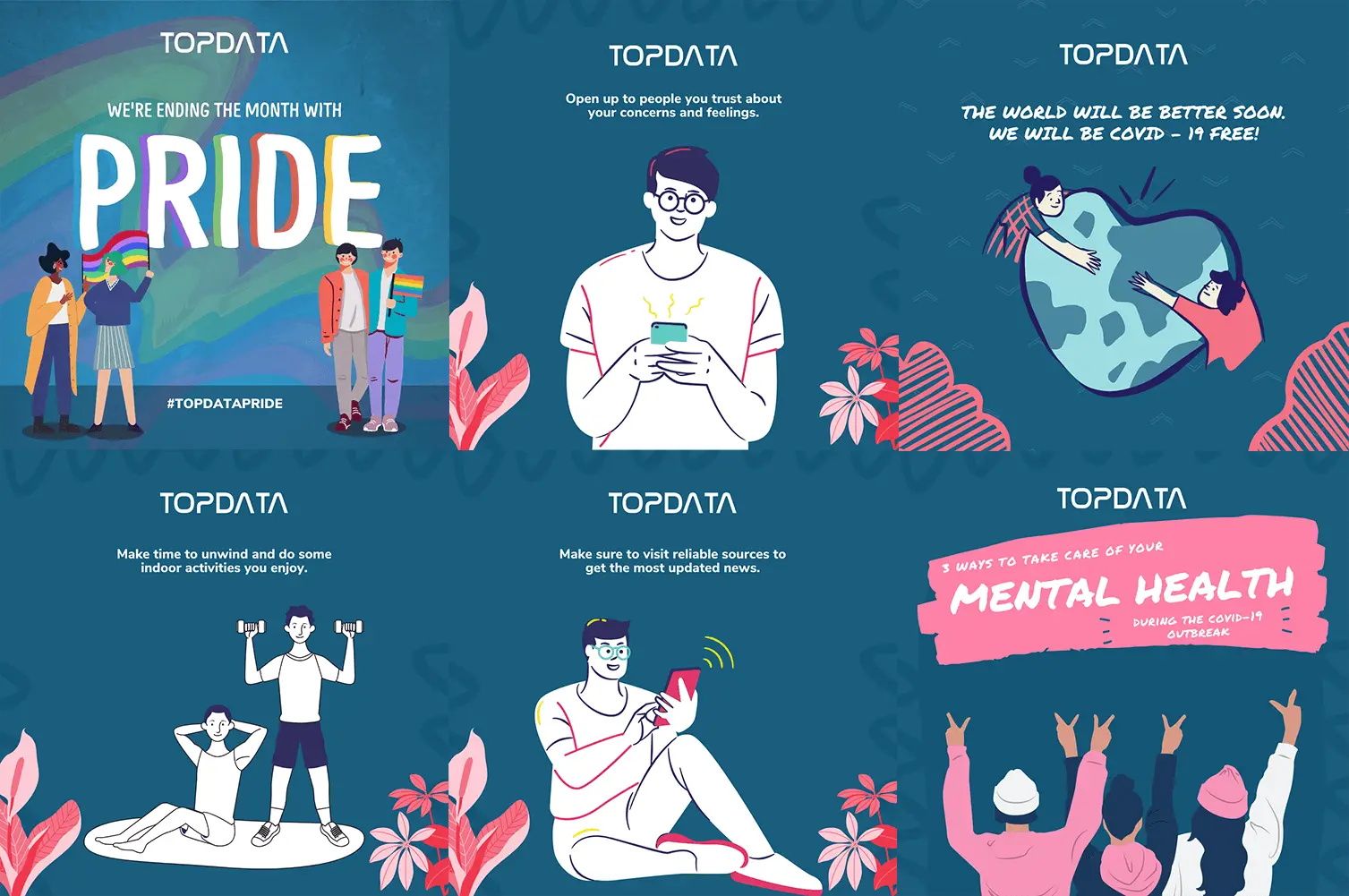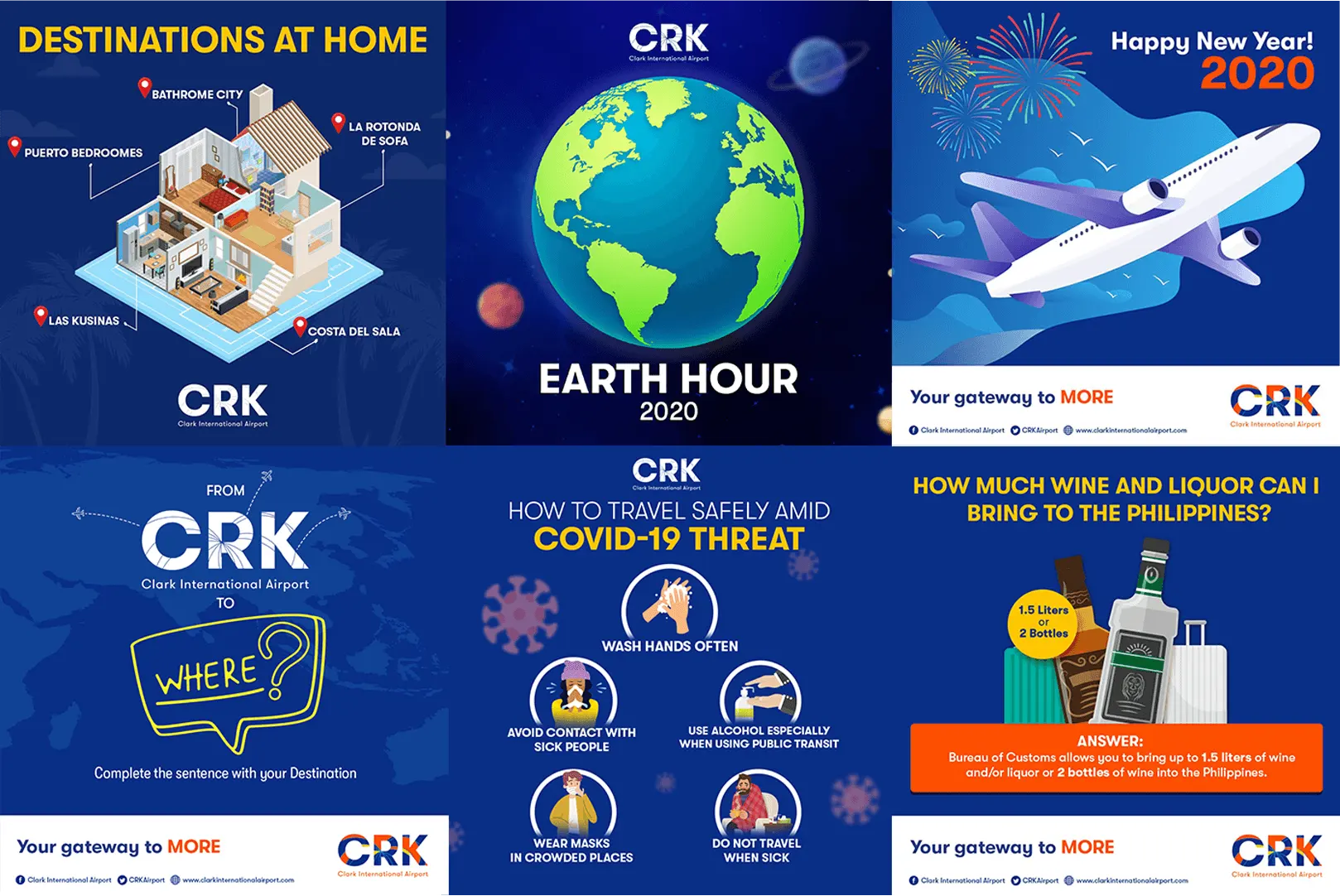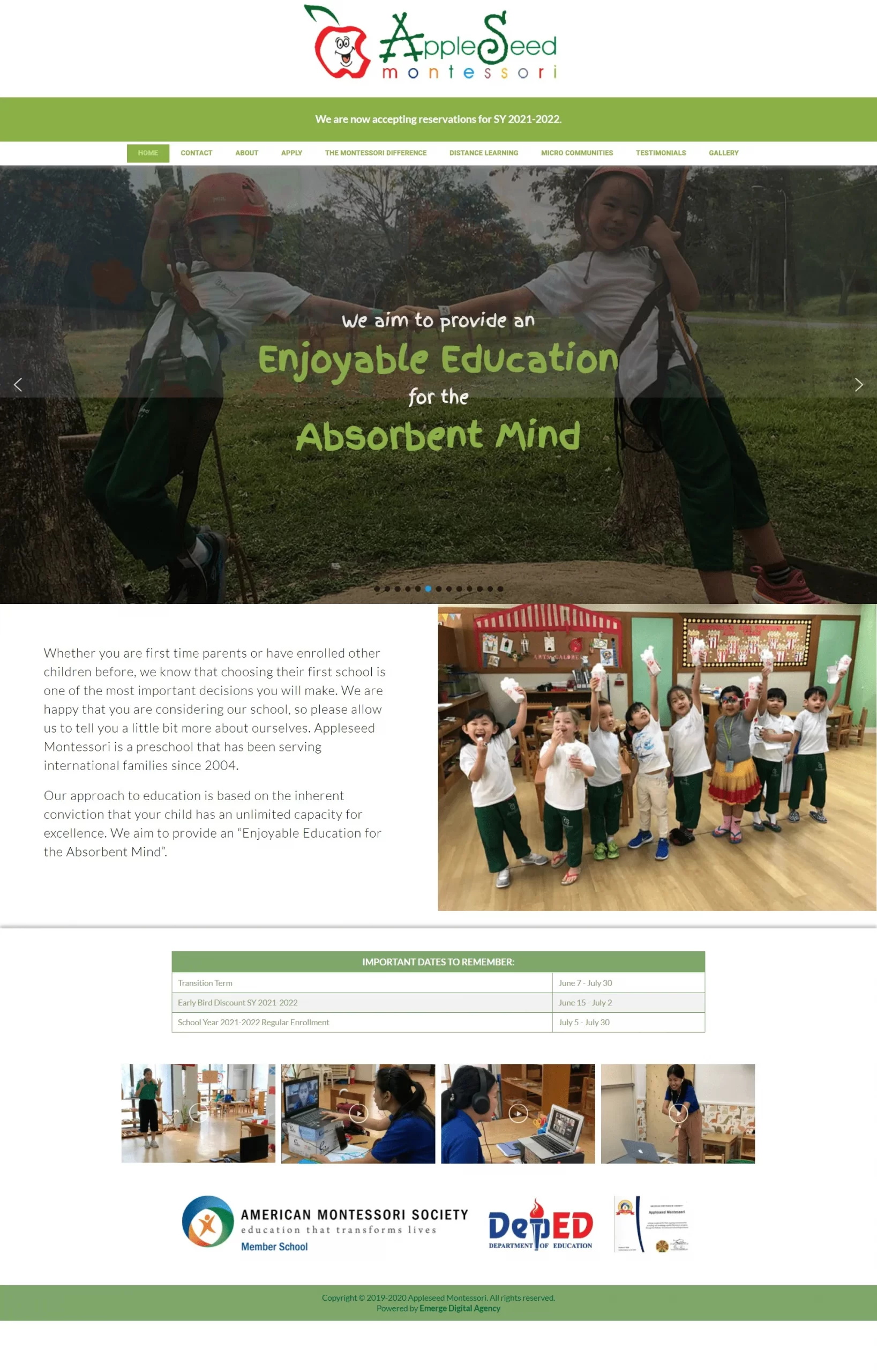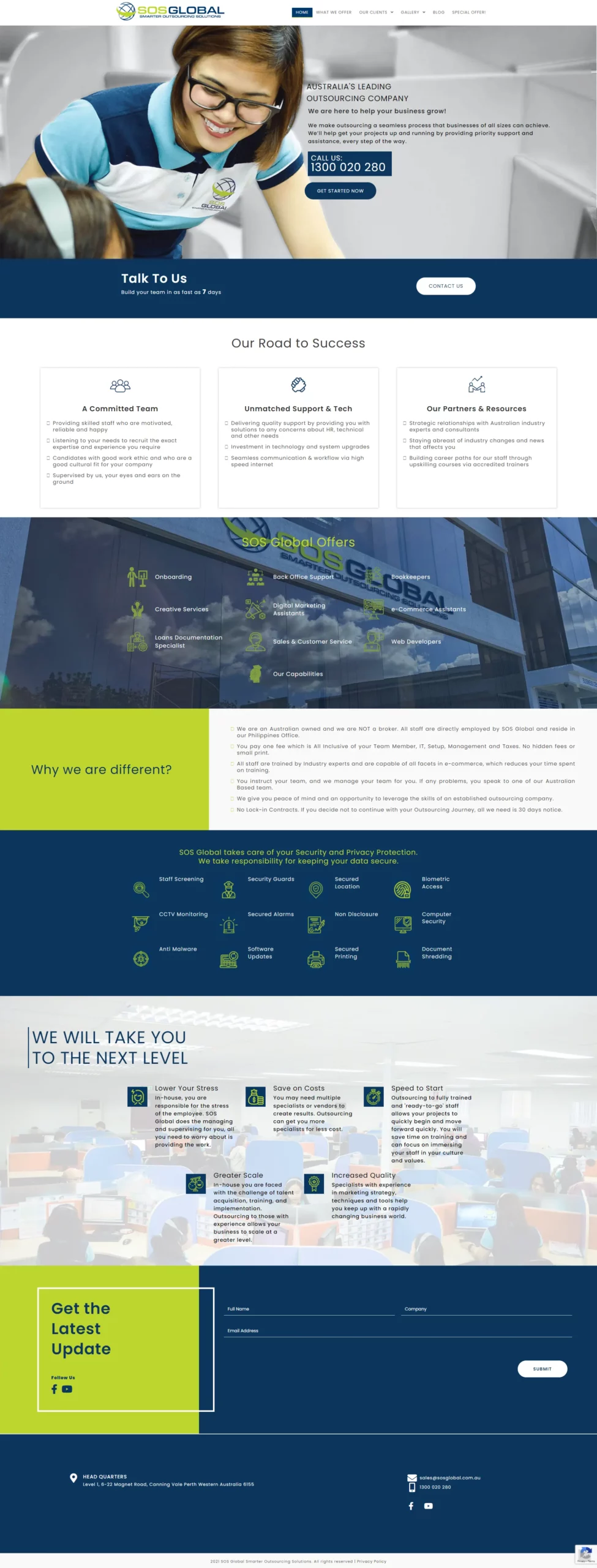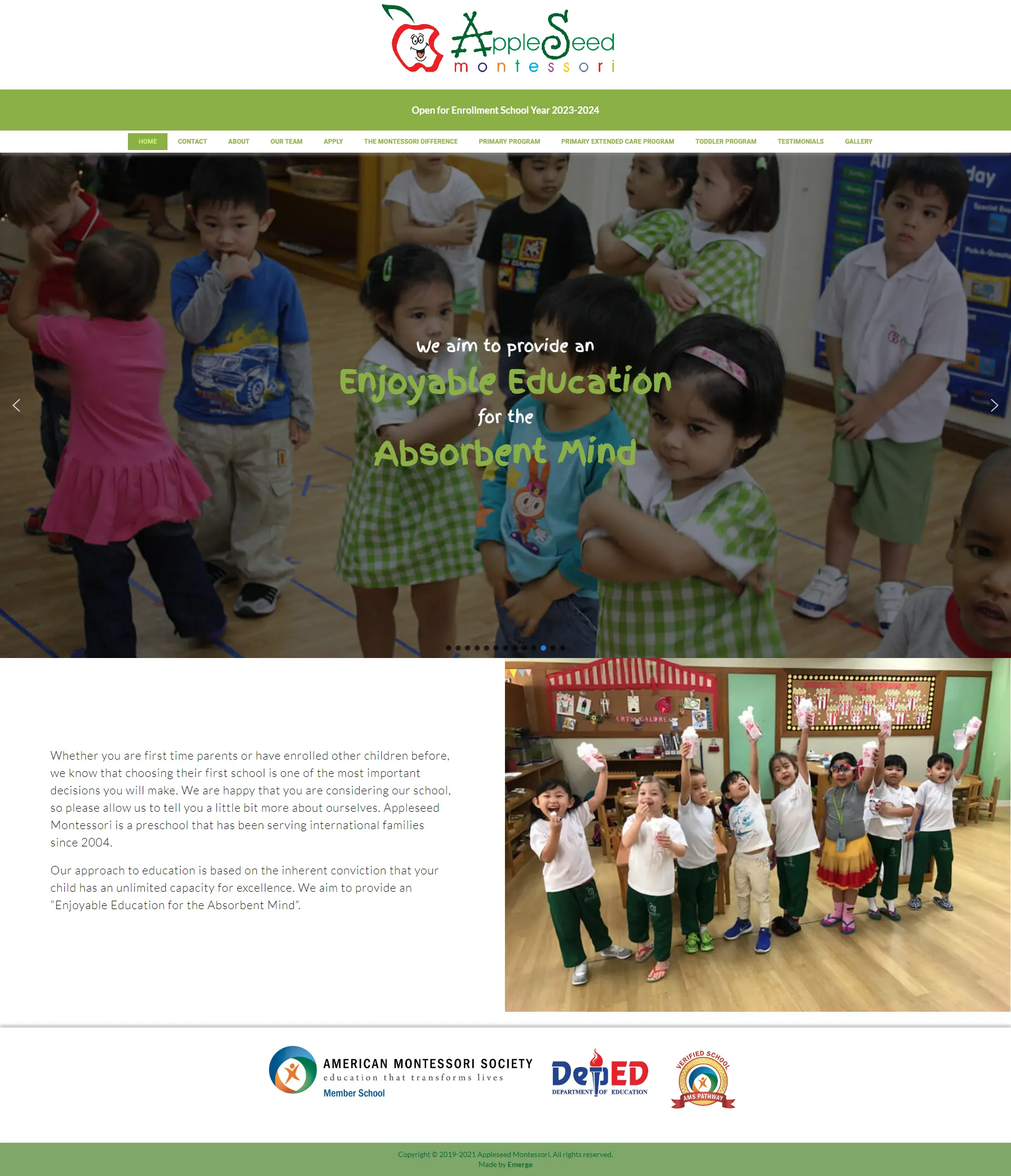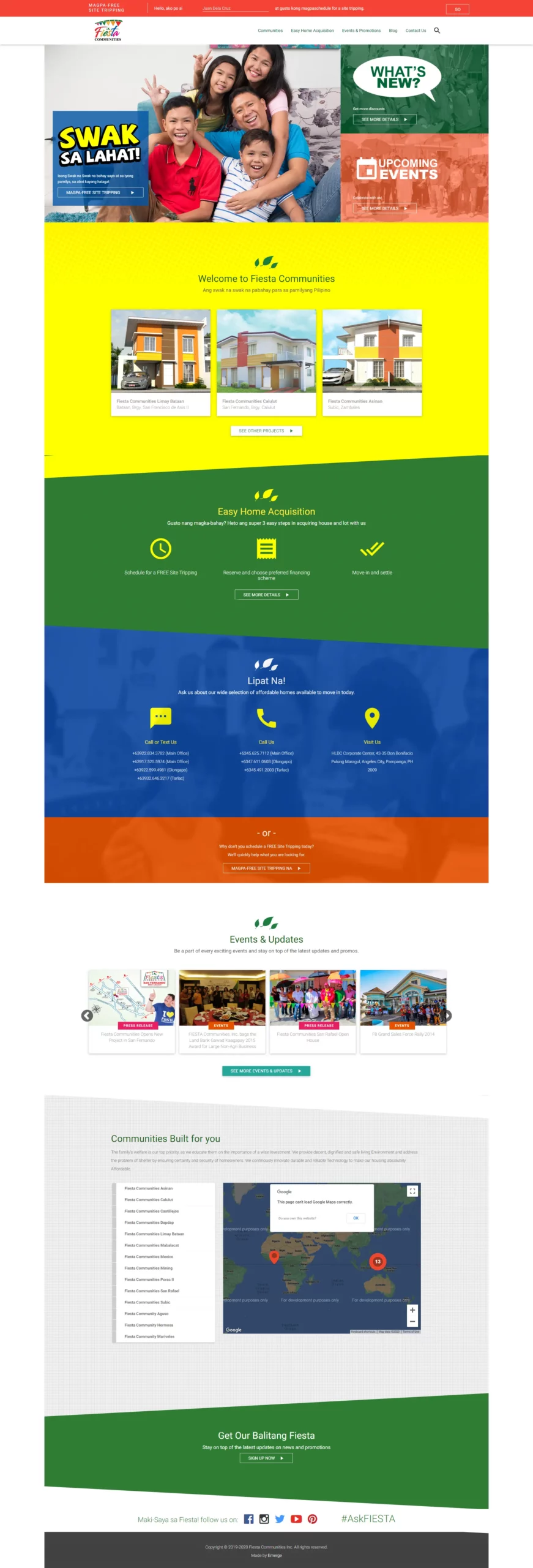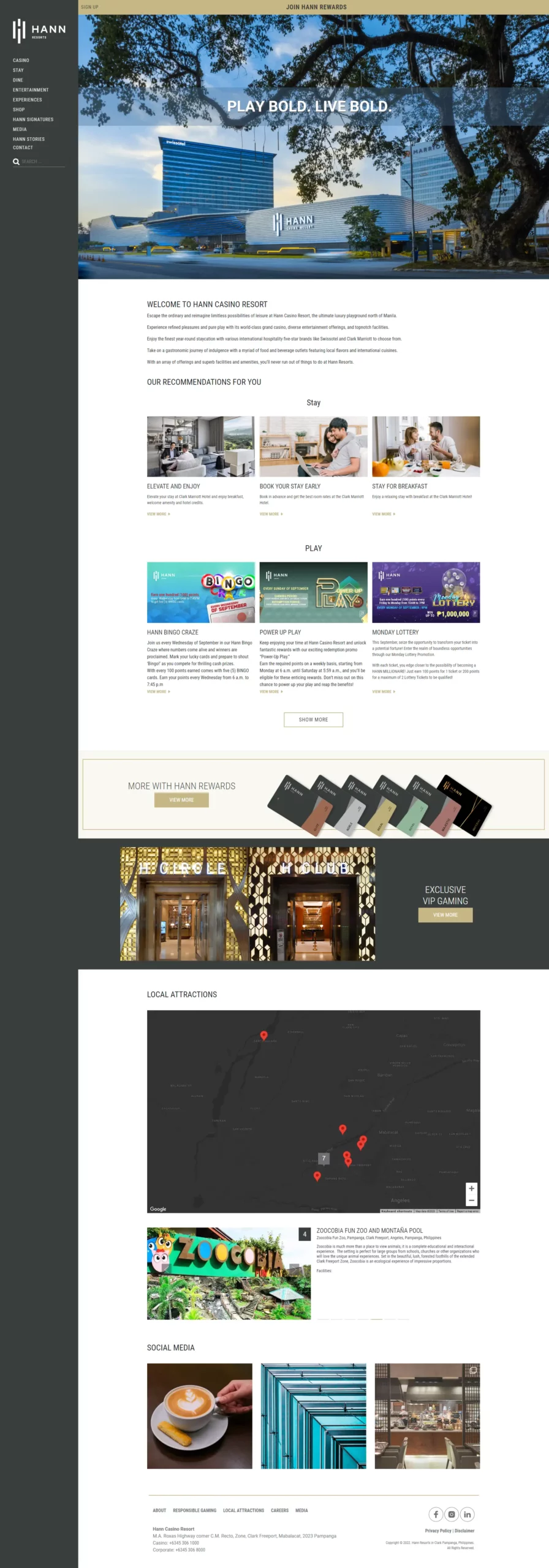Applying Psychographic Marketing in Social Media Copywriting
Imagine you own a boutique that specializes in Korean-style clothing.
You’ve made sure your brand, including logo, tagline, and aesthetics, are at par with Korean identity; while embracing a digital-first approach to grow your business and reach more customers, you create an online business page through social media.
And you’re set! You’re promoting your business on social media. You’re targeting the ideal audience based on your preferred customer demographic, getting followers and likes, and seeing a little traction in engagement. However, still no leads, and no one is buying your product.
What’s wrong?
It may have something to do with how your brand speaks on social media. Businesses communicate online to audiences through the copies and social media materials we post. These include captions, descriptions, hashtags, call-to-actions (CTA), replies, and comments.
But it doesn’t stop at using the right words or phrasing them in the right tone. You may be applying demographic marketing significantly to your copies, but maybe it’s high time to learn how you can also use psychographics in your copywriting.
Psychographics versus Demographics
When writing copies for social media posts, we often consider quantifiable values about our target audience where we can sort them into categories of groups.
Age, income, location, gender, and religion are some of the groupings we use when discussing Demographic Segmentation. However, this type of audience analysis limits us in understanding each potential customer’s trigger points of actually buying or getting our services in the social media sphere.
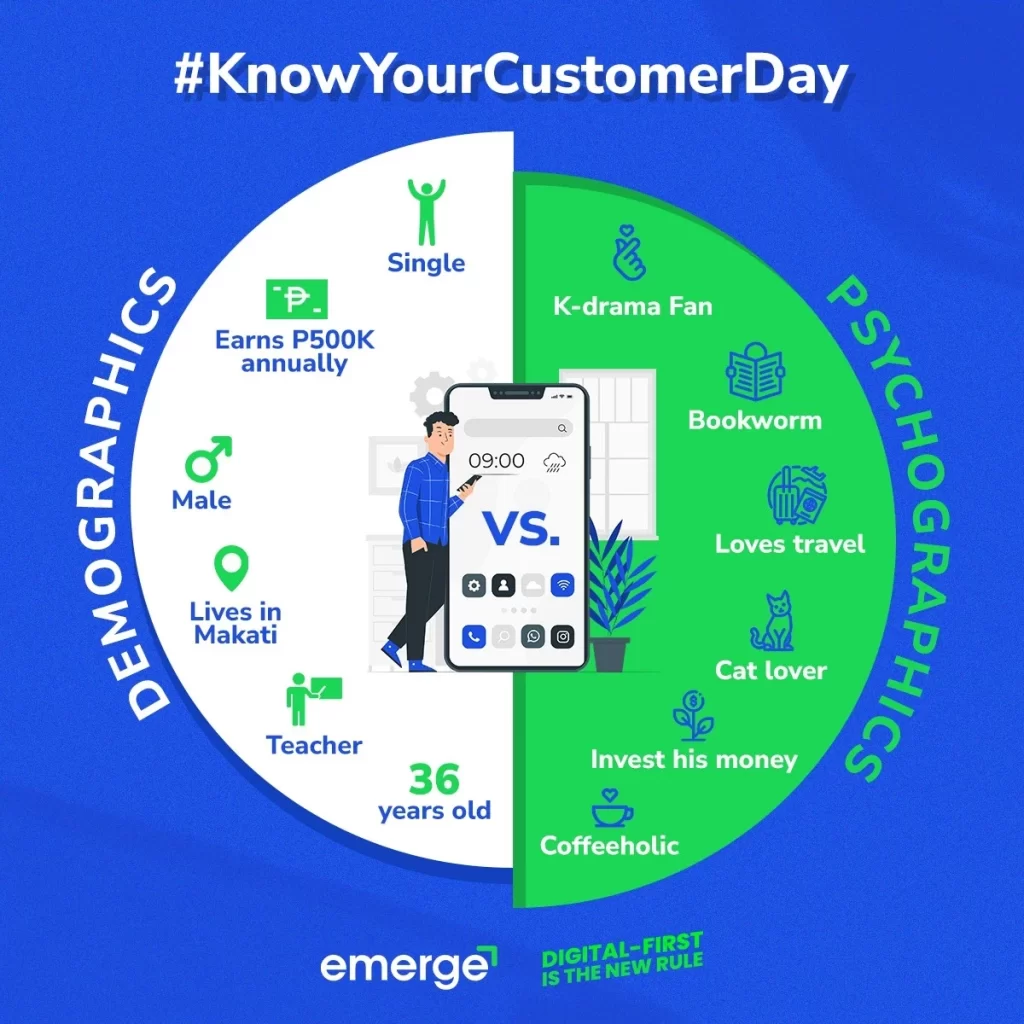
Now with Psychographics Profiling, you go beyond the measurable labels and discover more of the audience’s attitudes, habits, and interests. Their behaviors and what they value, fear, or love are identifying markers to their points of interest, what triggers them for a green light, and what stops them from entertaining your product.
Demographics tell you who your buyer is, while psychographics points out why they buy.
What Should You Consider?
Most social media managers are often the business owners themselves. By habit and position, they create copies based on demographics, which is most effective when we write demographically and psychographically captions.
First, let us consider these points when it comes to psychographic copywriting:
- Personality Characteristics determine how an individual interacts and moves in their given environment. Most of the time, these traits are shared by your target audience, and you can pool similarities and differences.
- Behaviors determine how your audience acts. Behaviors are shown through a person’s browsing pattern, buying list, product usage, and even the time on how long or how short they decide on purchasing.
- Lifestyle determines the way your audience views themselves within society. This factor can be influenced by relationships, occupation, and other significant life choices.
- Interests influence the way a person interacts and corresponds with a brand. As interest is different from one person to another, you’ll still discover how your target audience will share common interests and even disinterest that can be woven into marketing campaigns that you can garner a response.
- Social Class determines how your consumers classify themselves into lower, middle, and upper classes and how they make buying decisions that are loosely based on them.
- Habits determine movements or actions your audience has grown accustomed to in their daily lives. Habits aren’t easily broken, as they build the person’s personality and way of life; hence digital marketers tend to consider these quite heavily in planning campaigns, advertising, and creating copies.
See the difference below between a caption showcasing demographic segment versus psychographic profiling.

and psychographic profiling

The caption on the left ultimately utilized the information found on the buyer’s persona. The details tell us that the target audience is from the province of Pampanga; hence using their local language on a phrase creates rapport and informs the audience where they are rather than just putting the location.
Using second-person pronouns address comfort in connecting with online users, and telling the story of how the product is made builds trust. Knowing the audience is meticulous in cooking, and cuisine establishes the brand’s credibility as a business that has lasted for decades.
The call-to-action is inviting, diminishing the customer’s hesitation while complementing the accompanying creativity.
But this is an example of a bakery business. Let’s see other ways to apply psychographics in your copies and different types of businesses.
Psychographic Marketing and Copywriting
You are ready to write a caption with demographic segment and psychographics profiling. Now, listed below are the ways you can include in your next social media captions.
-
Provide what they need.
Encourage your audience based on their needs. It is important to highlight and emphasize on your copies that you hear them out, know what they want and that you can provide what they need.
Offering discounts have no value; when they want to read your post is the assurance that your product will work well for them or that your services have worked amazingly for others.
For example, if you have a cosmetics and beauty product shop, your audience would be more inclined to know how fast your product will work on them or what would simplify their make-up routines with the desired effect.
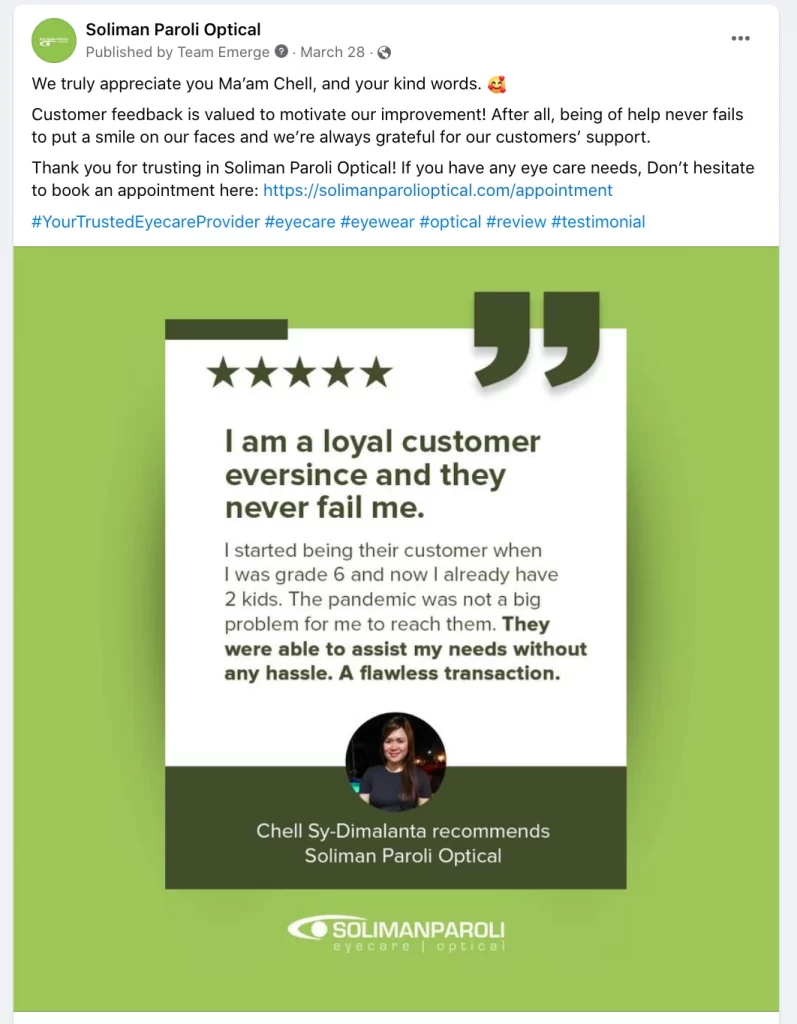
Testimonials from current customers or users would be a great addition to your copies and appeal to most.
-
Ride on their hobbies and interests.
Suppose you know your target audience is family-oriented, enjoys traveling, loves nature, and is always ready to explore something new. In that case, you’d capitalize on these and anchor your brand to that which supports their priorities.
Let’s say you own a hotel; you already have the upper hand in entertaining families and providing them with comfortable accommodations. But you’re not the only hotel in the area. What’s your A-game?

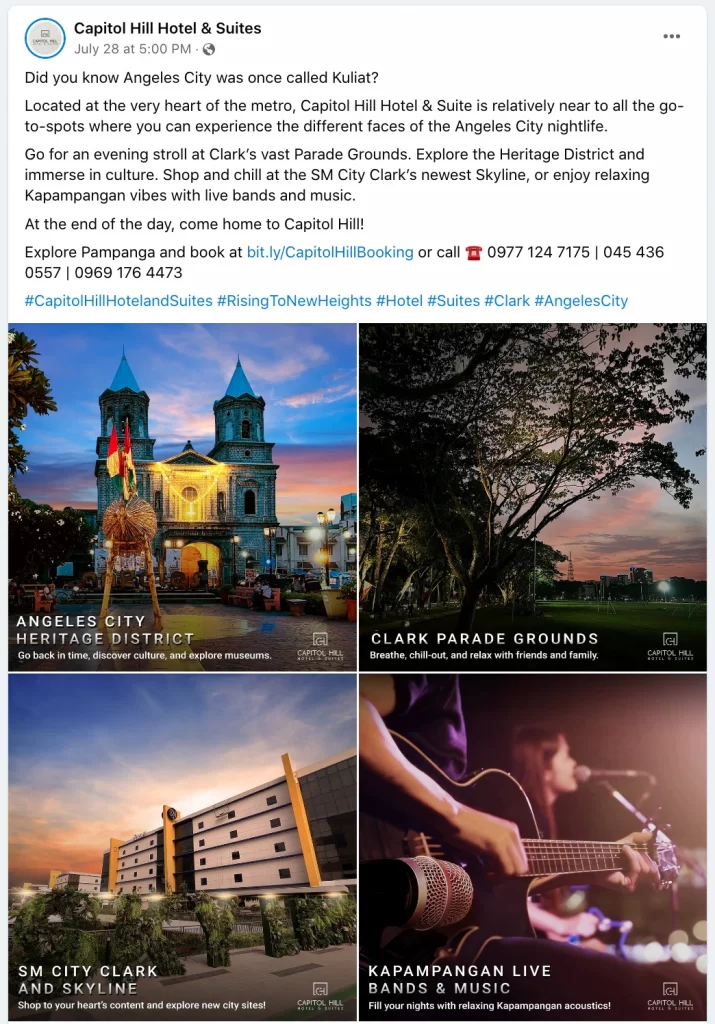

In your copy and marketing, you can point out non-hotel spots your guests can go to and experience their hobbies and interests while booked at your hotel.
You can also create blogs about nature or travel as supplementary content that details this. Knowing more about their hobbies and interests will help you choose what to write and put in your campaign and what images you should use in your next ad or post.
-
Go to them.
Psychographics tell us not to wait for your target customers to come to you. Meet them where they are. If you know your consumer’s online presence is spent mainly on Instagram, then focus your copies and supplementary graphics that match the tone and aesthetic of the social media platform.
The brand’s voice is often consistent with all Instagram audiences: helpful but not overbearing; simple but not condescending; empowering but not pushy.
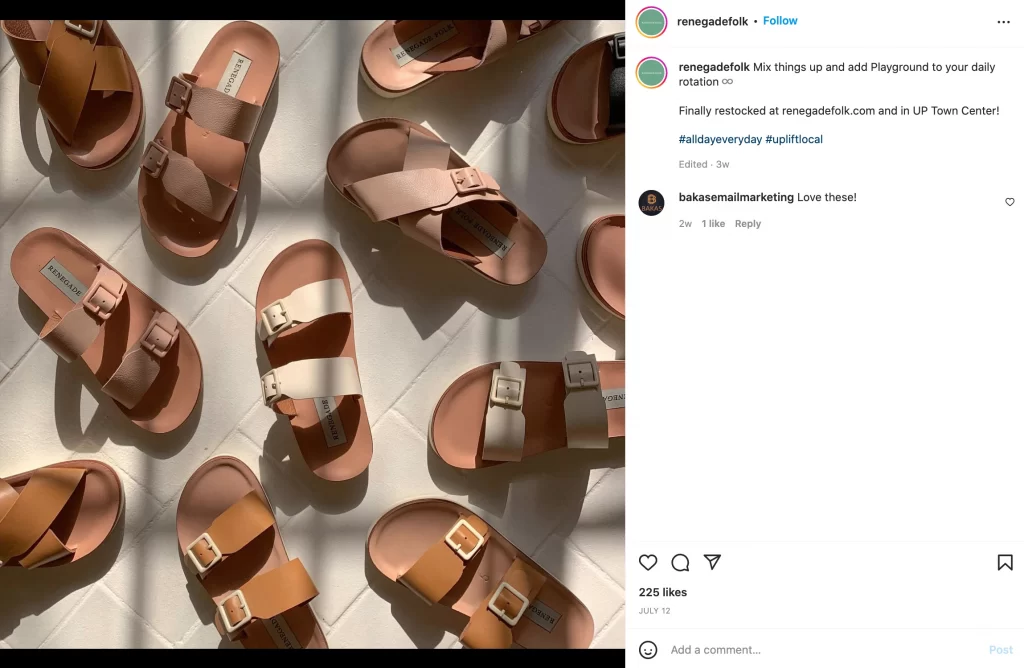

Moreover, you can also create content with copies that include tips or advice related to the product. For example, if your online store is about shoes or slippers, you can give helpful suggestions on cleaning them or what clothes or colors best match them.
-
End it with a strong call-to-action.
Suppose you’re familiar with the AIDA (Awareness-Interest-Desire-Action) format of copywriting. In that case, you’d know the strategic way to build your audience towards the final sentence that takes them to the next step. But sometimes, a bad CTA depletes chances of purchase.
That’s why a well-articulated CTA is important. It is the culmination of your target buyer’s behavior, lifestyle, interests, personality, and values. It should be compassionate, assuring, and irrevocable.
Let’s say you’re an online brand that helps clients buy their own houses. You’ve picked up their interest because of your features and benefits and empowered their desire to buy a home after showing other clients you’ve helped. You’ve done your part in informing them about your business. You only need a final statement to get them on the deal. You’re CTA should go like this: “Your Japanese-inspired home is waiting to be called your own- click here to begin” or “Your dream home for your family is almost at your reach! Message us so we can help you get there!”
Improve the CTA with supplementary graphics or images representing your target customer entering a new house or decorating a new living room. Lastly, if your CTA transfers your customer to another platform such as a website, the landing page must also apply psychographics in their copies.
Psychographics is vital in Digital Marketing
With a psychographic profile of your target customers, you’ll choose a better marketing channel, create better imagery, and compose better wording on your copies to help your buyer see themselves using your product or service.
Remember that demographic segmentation is not enough. Understanding your customer’s likes and dislikes, interests and hobbies, activities, what they do, what they want to do, and what they’ll never do paints a path you can follow in communicating your business to them online.
It’s going out of the screen and observing their life out of social media.
You’ll see their potential and taste in music, shows, and books. You can also dive into other interests such as design, pet care, sustainability, diet, and more.
In the end, we cannot simply thrive online without knowing where the customer is– offline.
If you need help applying demographics segment and psychographics profiling to your social media campaigns, message us and see how we can help!
